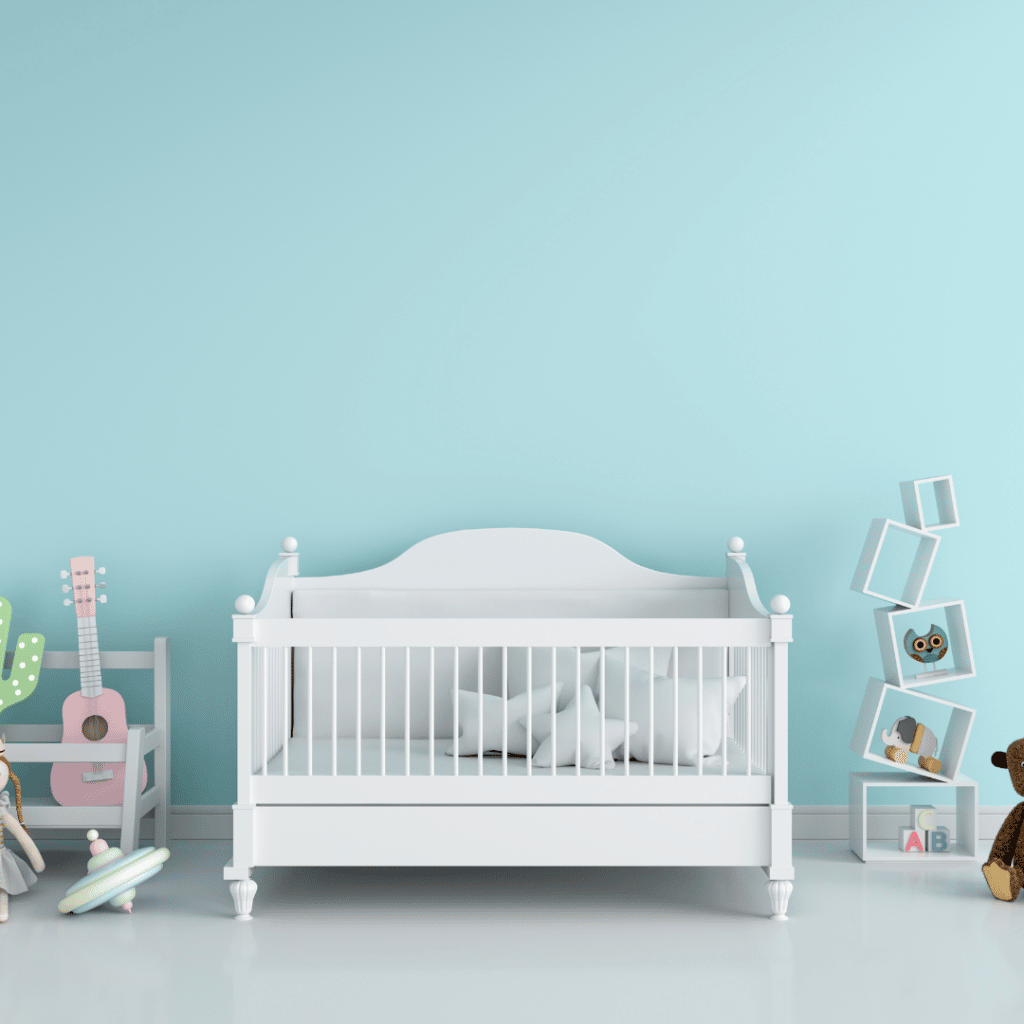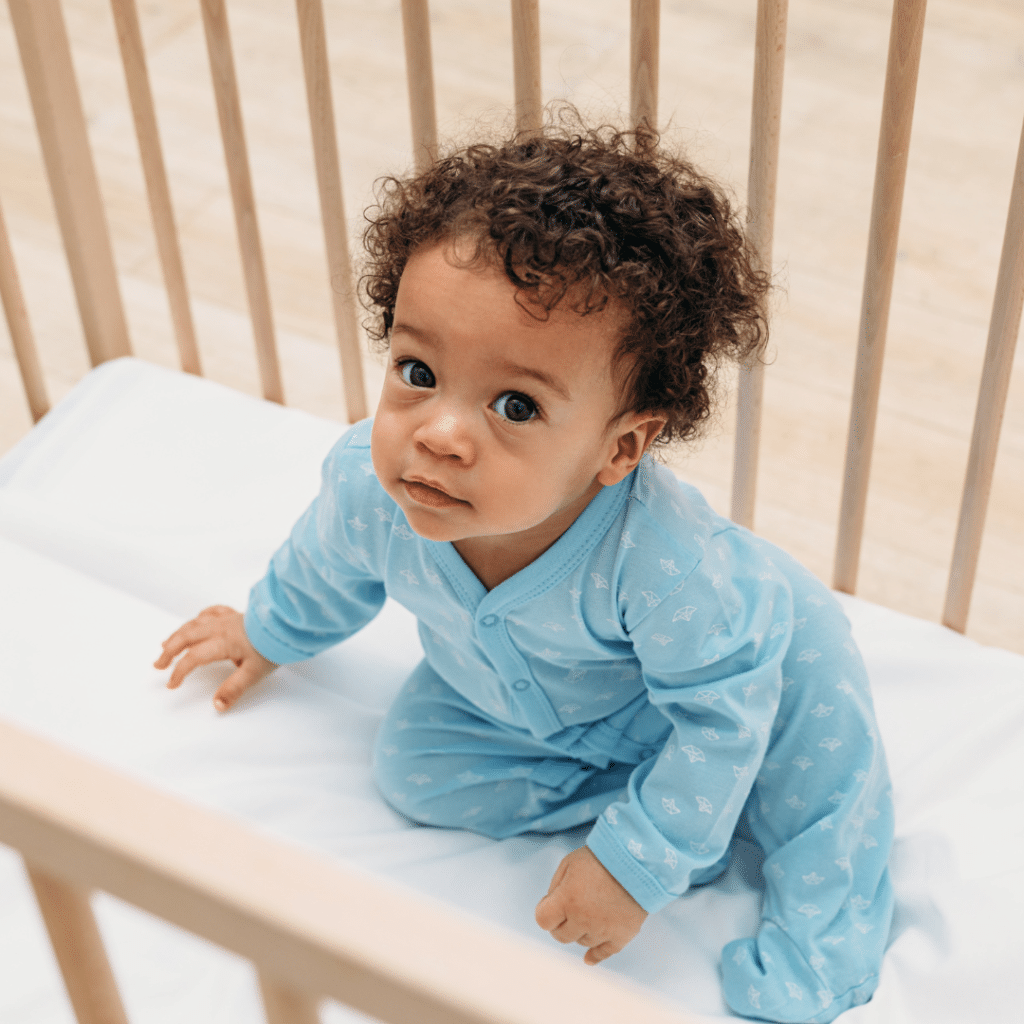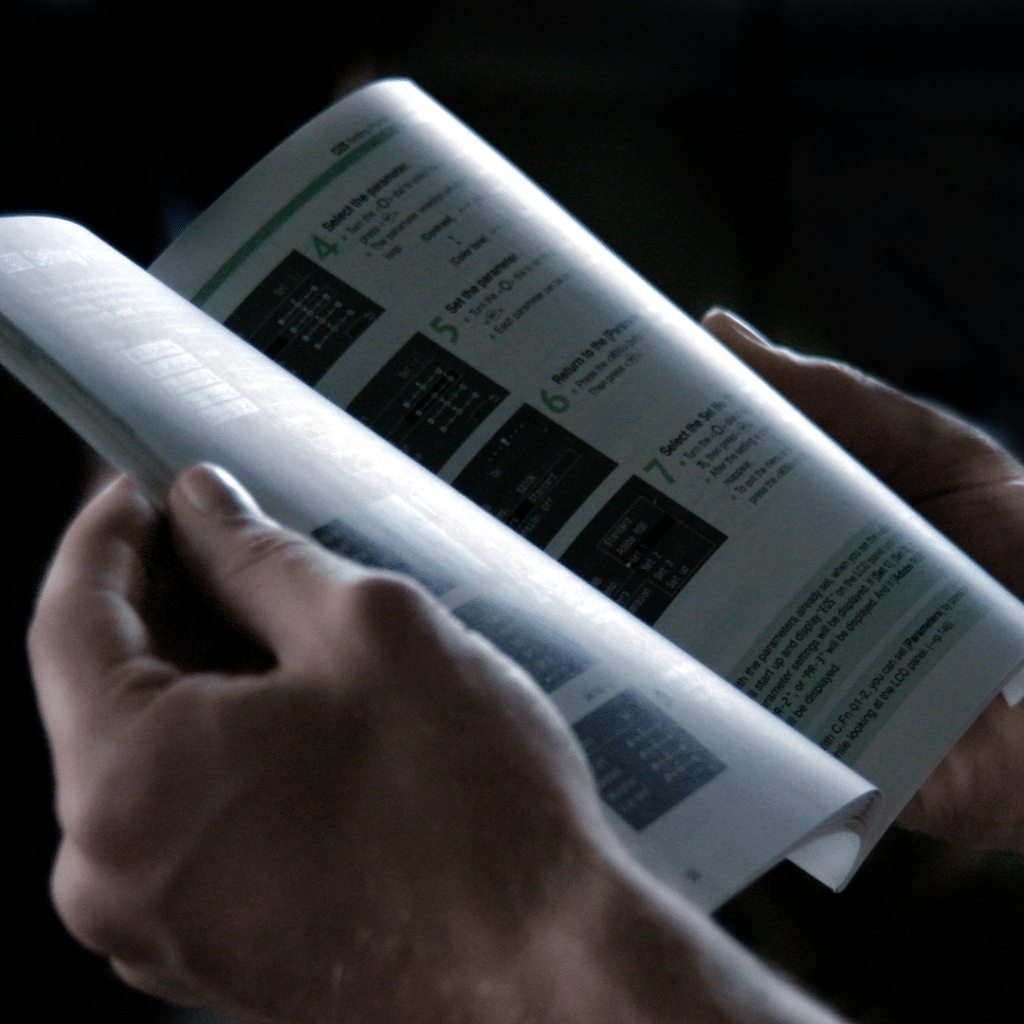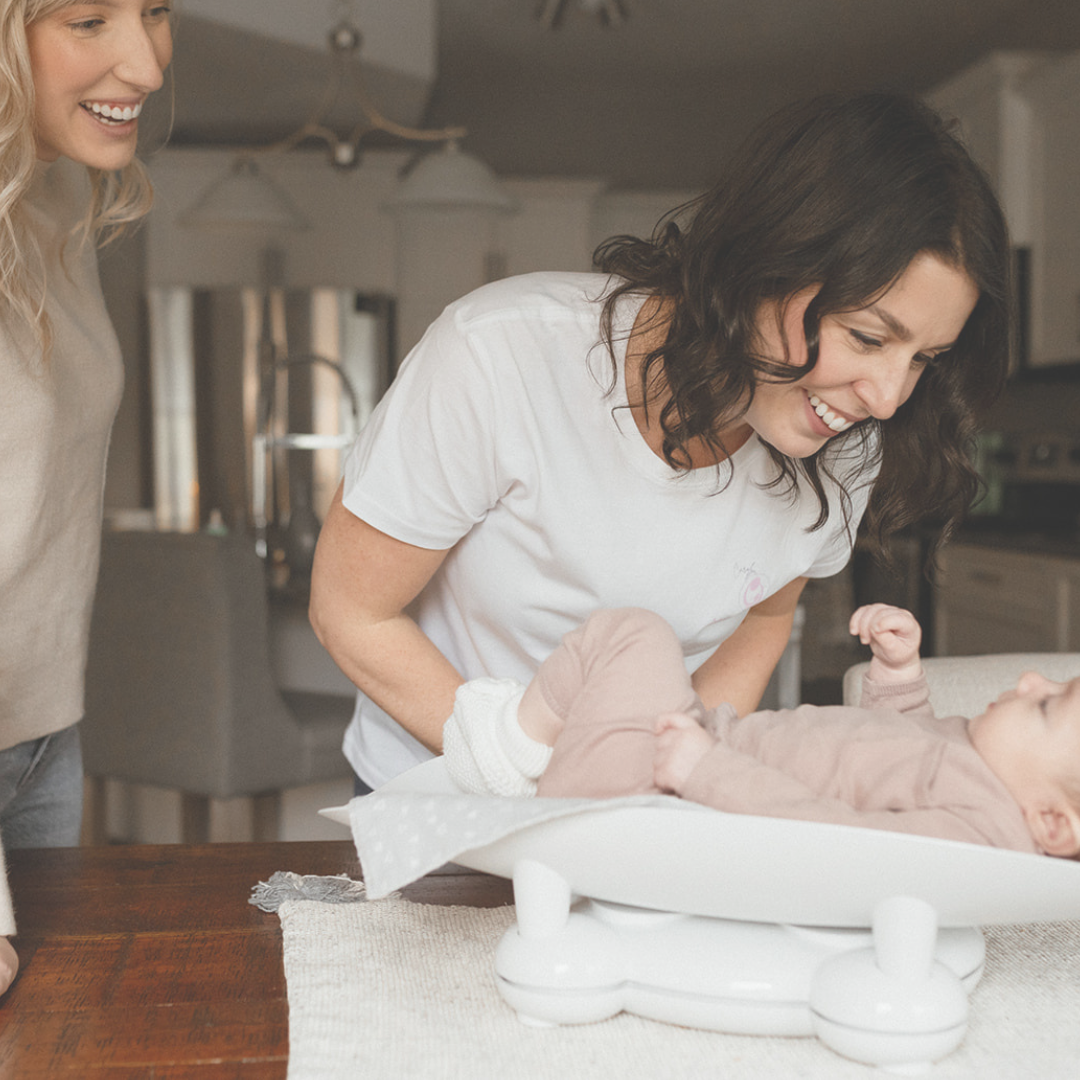There are many products out there that we purchase second hand. You might have a friend or family member who has a baby product they’re willing to give you. Sometimes buying brand new furniture and all things baby is not financially feasible. Some people are worried about the environment and would prefer to use something that still has some life left it in. Whatever your reason for purchasing a second hand crib for your baby – there are a few main safety rules to follow.

Safety Rules for Second-Hand Cribs
- Any crib made before 1986 should not be used, they do not meet any of the current safe sleep recommendations for children.
- Drop side cribs are prohibited for sale in Canada and the United States. Drop side cribs are where at least one of the crib sides slides up and down. They were used in the past for ease of access for parents reaching in and getting the baby out of the crib. They are now known as a considerable safety risk as they have a large gap between the side of the crib and the mattress and at least 32 babies died from rolling into this gap and suffocating. They have been banned for purchase and sale in Canada since 2016, and since 2011 in the United States.
- Baby products are regulated and can be recalled for ever evolving safety standards. If you are not the original purchaser of the item, the product will not be registered in your name, and you will not be notified should the product be recalled. I usually advise clients to sign up for recall alerts if they have purchased any second hand baby products. In Canada, you can sign up here. In the USA you can sign up for alerts from the FDA here.
- When you buy the crib, the manual should come with it that will detail the model number, the date it was manufactured, and instructions for proper use.
- For specific requirements of the crib itself it must meet the following requirements as per Health Canada:
- Posts that are not higher than 1.5 mm (1/16 in)
- Bars that are spaced 6 cm (2 3/8 in) or less
- Tight-fitting mattress with up to 3 cm (1 3/16 in) between the sides and the mattress
- A mattress with the right thickness
- for crib mattresses, 15 cm (6 in) thick and under
- for cradle and bassinet mattresses, 3.8 cm (1 1/2 in) thick and under
- Always check the wood and the metal pieces of the crib to ensure there are no splinters, burs or other defects like sharp or rough edges. Ensure the connections including nuts and bolts are fastened securely and are all present.
- Any crib that has been modified should not be resold, and should be destroyed. It is not safe to use a crib that is missing parts, or has broken pieces. Babies are REALLY hard on their things – imagine what they can do to a broken piece of furniture.

Second hand products can be a wonderful way to reuse items, stay in your budget and be conscious of our environment. We just need to be extra cautious when we are purchasing baby items to make sure they’re safe for your baby. The seller is technically responsible for the safety of that item because they are so highly regulated, but we know the resale market isn’t heavily supervised so it is possible to buy something that is no longer considered safe.
Legally, a label must be present and visible in Canada that states the crib’s manufacture date, model number and the manufacturer. Without this – the item should not be resold.
Consider asking the seller some additional questions about the crib – ask them if they’ve had to do any repairs. How many kids have slept in it? Has the product ever been in any sort of accident? Keeping all of this in mind to make sure your baby is safe where they’re about to spend a lot of time sleeping.

If you’re going to be purchasing a new mattress for the crib – (and you should if it’s too soft or worn out), a general guideline for safety as per the FDA in the United States is you should not be able to put two or more fingers in between the crib and the mattress. If you can – the mattress is too small and you need to purchase a bigger mattress.
Remember that safe sleep guidelines for cribs applies to all cribs! The crib should have no loose blankets, no bumper pads, no pillows, no stuffed animals, no quilts or comforters.
If you’re looking for more information about sleep products or baby products in general, sign up for one of my private prenatal classes so I can tailor the class to you and your family’s needs!



